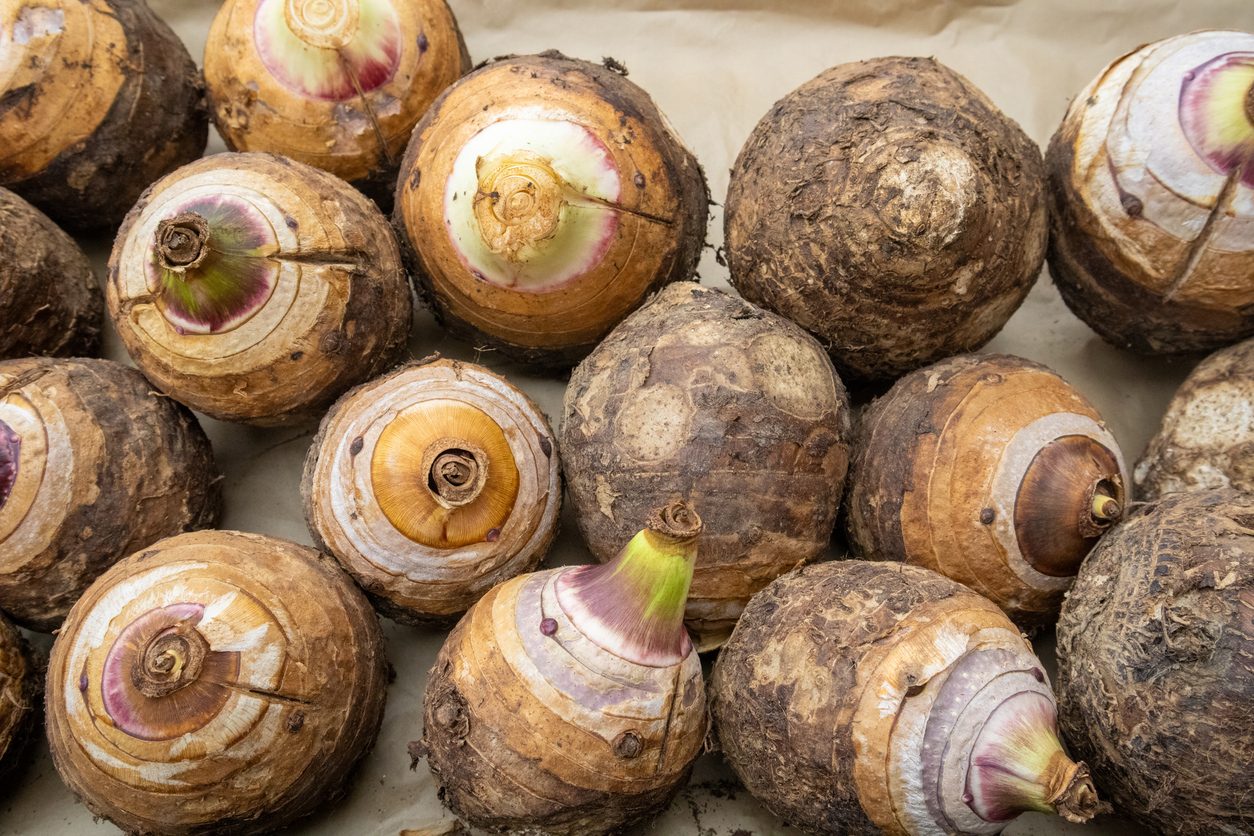
The History of Neapolitan Sfogliatella: Everything You Need to Know about This Iconic Dessert!
The Neapolitan sfogliatella, a 17th-century creation by a nun, is a beloved Italian pastry with two main types: riccia (crispy) and frolla (soft). It differs from the lobster tail, an Italian-American invention, by its ricotta filling and texture. A symbol of Neapolitan culture and hospitality, making sfogliatella requires skill, showcasing its status as a culinary art form.

The Neapolitan sfogliatella is more than just a pastry; it's a piece of history, art, and culture wrapped in layers of crispy, buttery dough. This iconic Italian confection, with its distinctive ridged shape and rich filling, tells a tale of culinary innovation, cultural exchange, and the timeless pursuit of deliciousness. Let's unravel the history of the sfogliatella and discover the secrets behind its enduring appeal.
Who Invented the Neapolitan Sfogliatella?
The sfogliatella, pronounced as "sfo-lee-a-TEL-la" in English, traces its roots back to the 17th century in the Campania region of Italy, specifically to the Amalfi Coast. Legend has it that a nun in the monastery of Santa Rosa in Conca dei Marini first created the sfogliatella. She aimed to use up leftover semolina by mixing it with lemon liqueur, sugar, and dried fruit, then wrapping it in dough. This resourceful invention not only prevented waste but also gave birth to a pastry that would become a symbol of Neapolitan cuisine.

What are The Different Types of Sfogliatella?

There are two main types of sfogliatella: riccia and frolla. The sfogliatella riccia is characterized by its crispy, layered dough, while the sfogliatella frolla boasts a softer, shortcrust pastry. Both types are typically filled with a mixture of ricotta cheese, sugar, eggs, and sometimes citrus or cinnamon for added flavor. The meticulous preparation involves rolling the dough into thin sheets, layering it with butter, and then shaping it into the sfogliatella's signature form before baking.
Sfogliatella Vs. Lobster Tail: What are the Differences?
While the sfogliatella has become a staple in Italian bakeries, it is often confused with another pastry: the lobster tail. The primary difference lies in their origin and filling. The lobster tail, a creation of Italian-American bakeries, is puff pastry shaped like a lobster's tail and filled with a rich cream. In contrast, the traditional sfogliatella contains a ricotta-based filling and has a crisper texture. Both desserts may look somewhat similar, but they offer distinct flavors and textures that cater to different palates.
Some Fun Facts About Sfogliatella
The preparation of sfogliatella is considered a true art form, requiring patience and skill. It's said that the layers of dough should be so thin and numerous that they mimic the pages of a book. In Naples, offering a sfogliatella to guests is a sign of hospitality and warmth. It's a way of welcoming someone into your home with a piece of local tradition. The sfogliatella is not just a pastry; it's an icon of Neapolitan culture, celebrated in songs, literature, and festivals throughout the region.
;Resize,width=767;)
;Resize,width=712;)
;Resize,width=712;)
;Resize,width=712;)